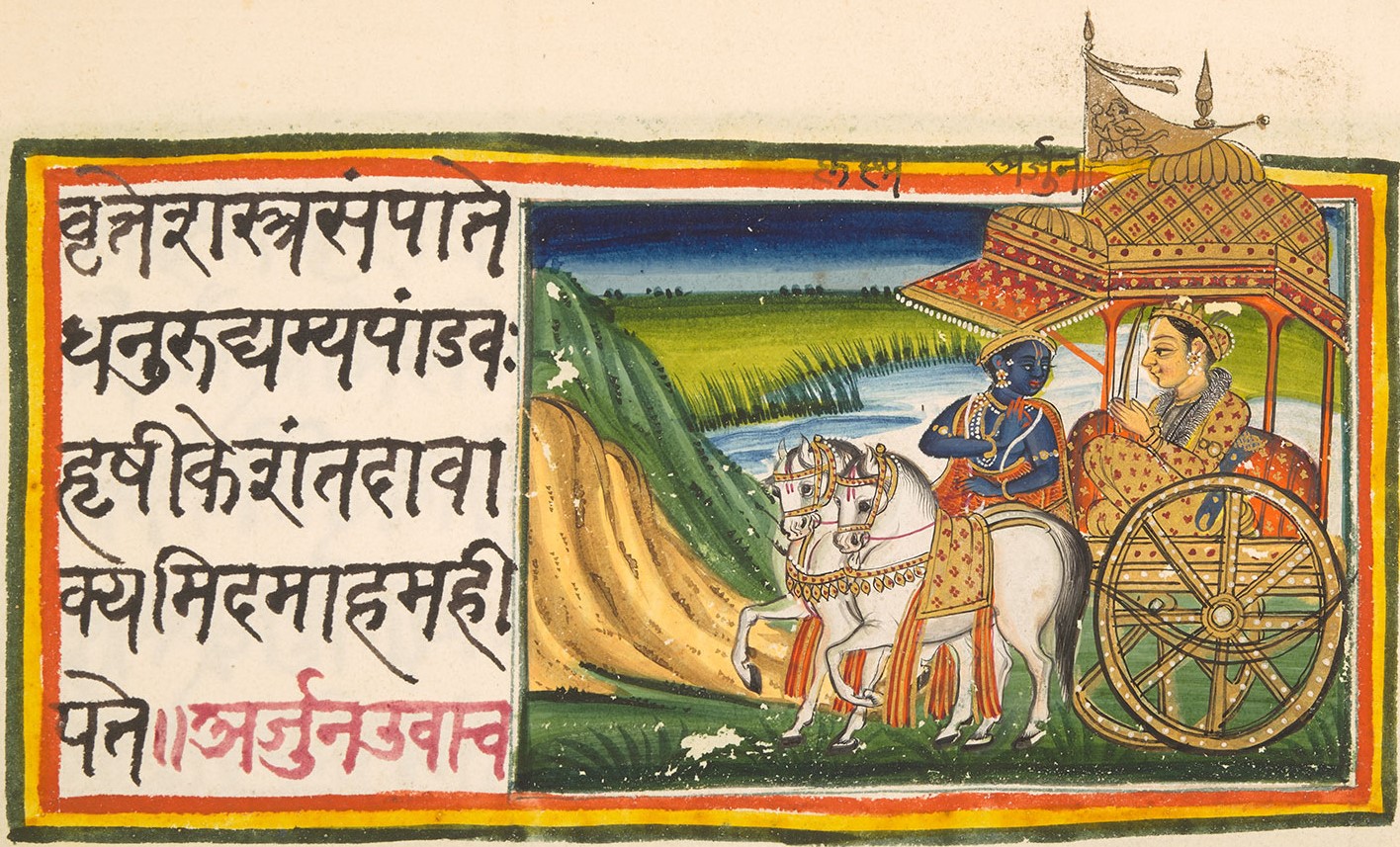Sanskrit, often hailed as the mother of all languages, is essential in the study of Yoga. Its origins can be traced back over three millennia to the ancient Indian subcontinent. Rooted in a rich tapestry of culture, religion, and philosophy, Sanskrit continues to captivate scholars and enthusiasts alike with its timeless elegance and profound depth.
Sanskrit is categorized as one of the Indo-European languages. Some assert that it is the source of other Indo-European languages, while Western academia have compelling linguistic evidence to back their theory that Sanskrit is not the root language but one of the earliest branches of the pan-Eurasian language group.
One of the most striking features of Sanskrit is its systematic and sophisticated grammatical structure. With its precise phonetics, intricate morphology, and meticulous syntax, Sanskrit stands as a testament to the intellectual prowess of its ancient speakers. Its grammar, codified by the sage Pāṇini, is renowned for its logical organization and comprehensive coverage of linguistic principles.
Beyond its linguistic intricacies, Sanskrit serves as a repository of ancient wisdom and knowledge. Sacred texts such as the Vedas, Upanishads, and Bhagavad Gita are written in Sanskrit, preserving the spiritual and philosophical insights of generations past. These texts delve into profound questions of existence, consciousness, and the nature of reality, offering timeless guidance to seekers of truth.
Sanskrit’s influence extends far beyond the realms of religion and philosophy. It has made indelible contributions to various fields of study, including mathematics, astronomy, medicine, and literature. Ancient mathematicians like Āryabhaṭa and Brahmagupta wrote treatises in Sanskrit, laying the foundations for algebra, trigonometry, and calculus. Similarly, medical texts such as the Charaka Samhita and Sushruta Samhita provide valuable insights into traditional Indian medicine (Ayurveda) and surgical techniques.
Moreover, Sanskrit has played a pivotal role in shaping the linguistic landscape of South Asia. Many modern Indian languages, including Hindi, Bengali, and Marathi, have borrowed extensively from Sanskrit, enriching their vocabulary and literary traditions. Even beyond the Indian subcontinent, Sanskrit’s influence can be felt in languages such as Tibetan, Thai, and Indonesian, which have adopted Sanskrit loanwords and scripts.
In the world of Yoga, Sanskrit is not only the language in which its texts are in, but it is still used in the name of its postures, breathing techniques and invocation chants. Yoga is one of the reasons why Sanskrit is still kept alive today. Sanskrit stands as a testament to the enduring legacy of human civilization. Its linguistic precision, philosophical depth, and cultural richness continue to inspire and fascinate scholars and enthusiasts around the globe. As we delve deeper into the mysteries of Sanskrit, we uncover not only the secrets of the past but also timeless truths that resonate with the human spirit.
At Samyama we encourage to connect with the Sanskrit words which are commonly used in the yoga world and during our 300 Hours Teacher Traning in Bali we offer opportrunity to come in touch with some basic principles of some of the sanskrit terminology.





0 Comments